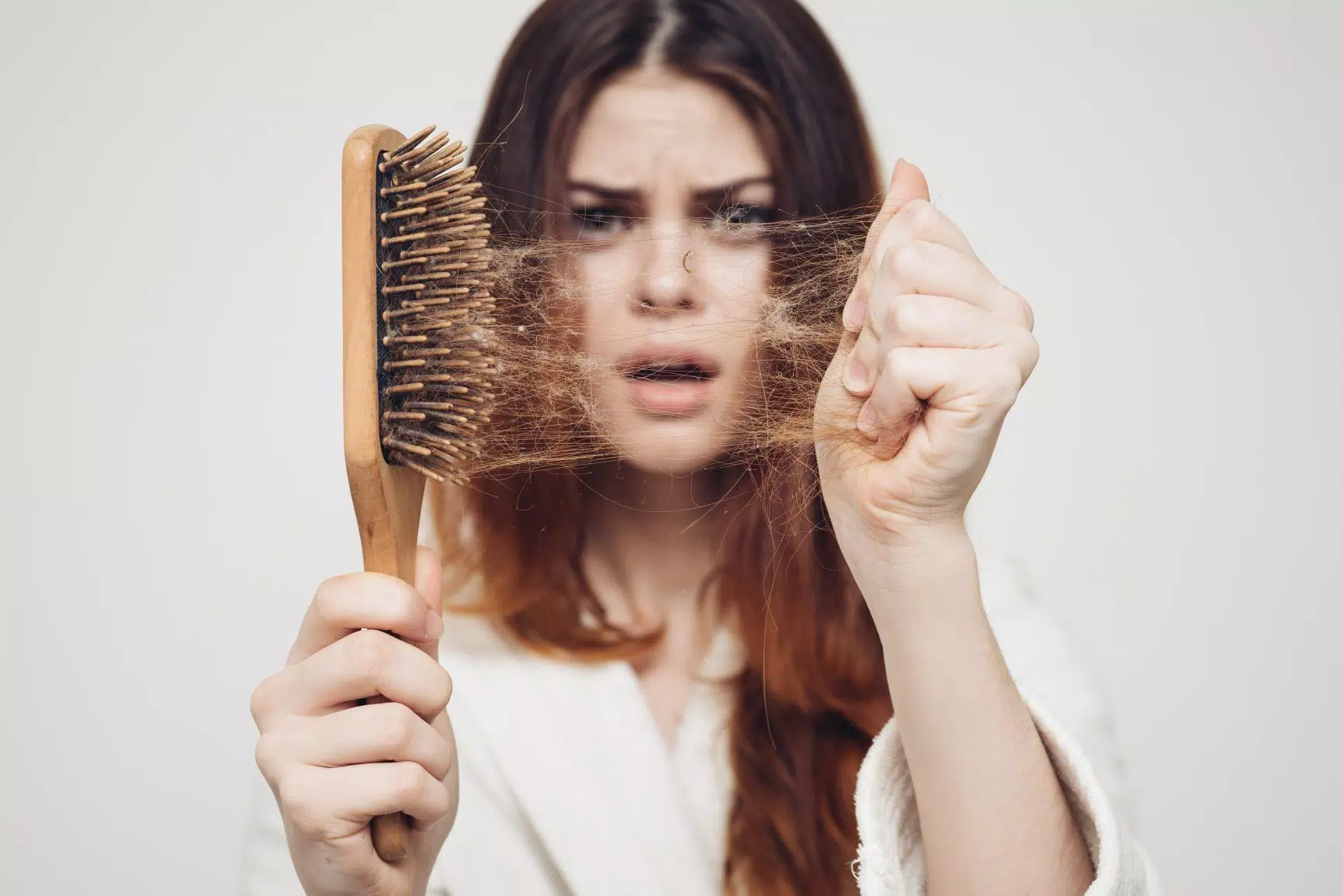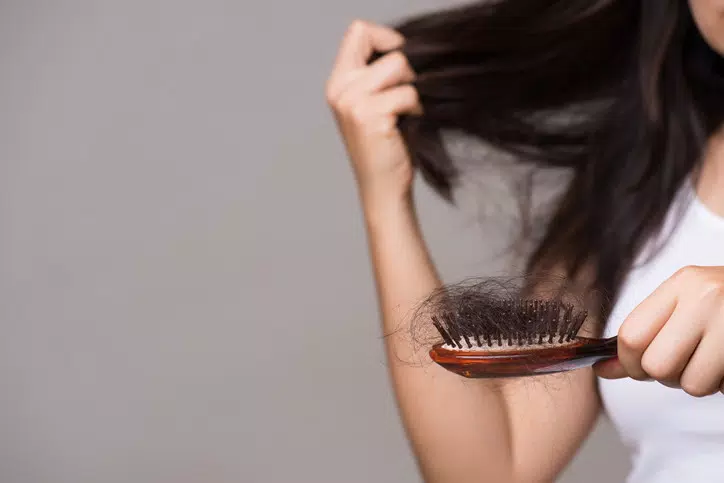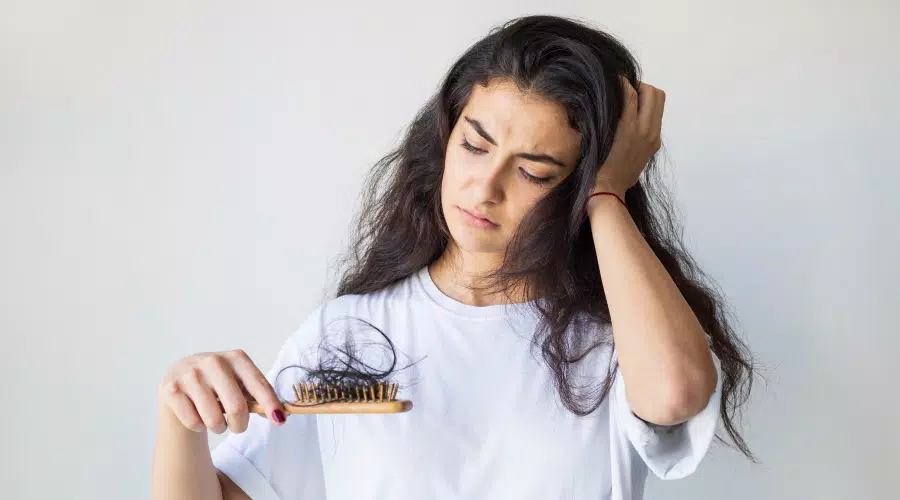Acerca de Alopecia - Hair Loss Treatment
Alopecia - Hair Loss Treatment: Understanding and Managing Hair Loss
Are you experiencing thinning hair or sudden hair loss and wondering about slow hair growth? When hair loss becomes severe, it could be due to underlying health conditions. Losing hair can be a stressful experience, leaving you uncertain about the cause and how to stop it. While some sources blame genetics or excessive stress, others point to harsh shampoos as potential culprits, but the exact cause can only be determined through a consultation with your doctor. Blood tests can provide valuable insights into the root cause of hair loss.
Types of Alopecia
Alopecia refers to hair loss and encompasses various forms, including:
- Male- and Female-Pattern Baldness: This is a common form of hair loss that affects both men and women. In men, it typically manifests as a receding hairline and a bald spot at the crown. In women, it often leads to overall thinning of the hair.
- Chemotherapy-Induced Alopecia: Hair loss caused by chemotherapy treatments.
- Frontal Fibrosing Alopecia: Characterized by a receding hairline from ear to ear, most commonly affecting women in their 50s and older.
- Alopecia Areata: An autoimmune condition that causes patchy hair loss, which can sometimes result in complete hair loss on the scalp, eyebrows, eyelashes, and body. It typically appears suddenly, usually before age 40.
Alopecia Areata: An Autoimmune Condition
In individuals with alopecia areata, the immune system attacks hair follicles, leading to hair loss. This condition can be unpredictable, with hair loss coming and going throughout a person's lifetime.
Effective Treatments for Hair Loss
Managing hair loss requires understanding its underlying causes and choosing the right treatment options. Here are some effective strategies:
- Consult Your Doctor: Based on blood test reports, your doctor can help identify the exact cause of hair loss.
- Blood Tests: Important for detecting underlying health conditions that may contribute to hair loss.
- Hair Growth Surgery: Surgical procedures like hair transplants can be effective for those with significant hair loss.
- PRP Hair Treatment: Platelet-rich plasma (PRP) therapy can promote hair regrowth.
- Red Light Therapy: This non-invasive treatment uses red light to stimulate hair follicles and promote growth.
- DHT Blockers: Medications like finasteride can block dihydrotestosterone (DHT), a hormone that contributes to hair loss.
- Hair Loss Shampoos: Products containing ingredients like minoxidil can help slow down hair loss and promote regrowth.
- Hair Regrowth Serums: Topical serums with active ingredients like biotin and caffeine can support healthy hair growth.
Whether you're dealing with male-pattern baldness, female-pattern baldness, or alopecia areata, there are numerous treatment options available to help manage and treat hair loss effectively. Consult your healthcare provider to determine the best course of action for your specific needs.







